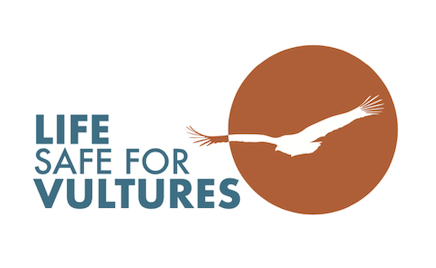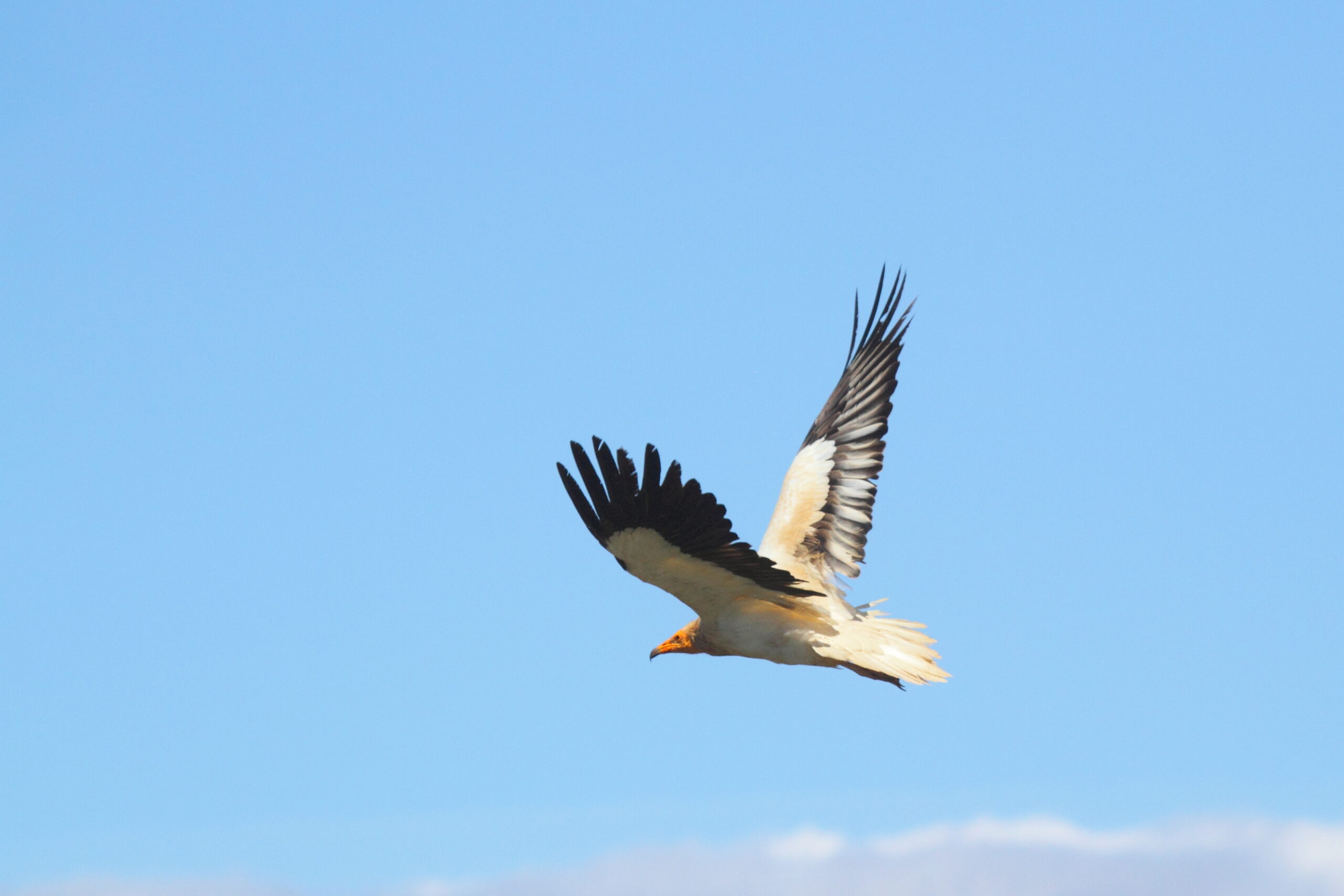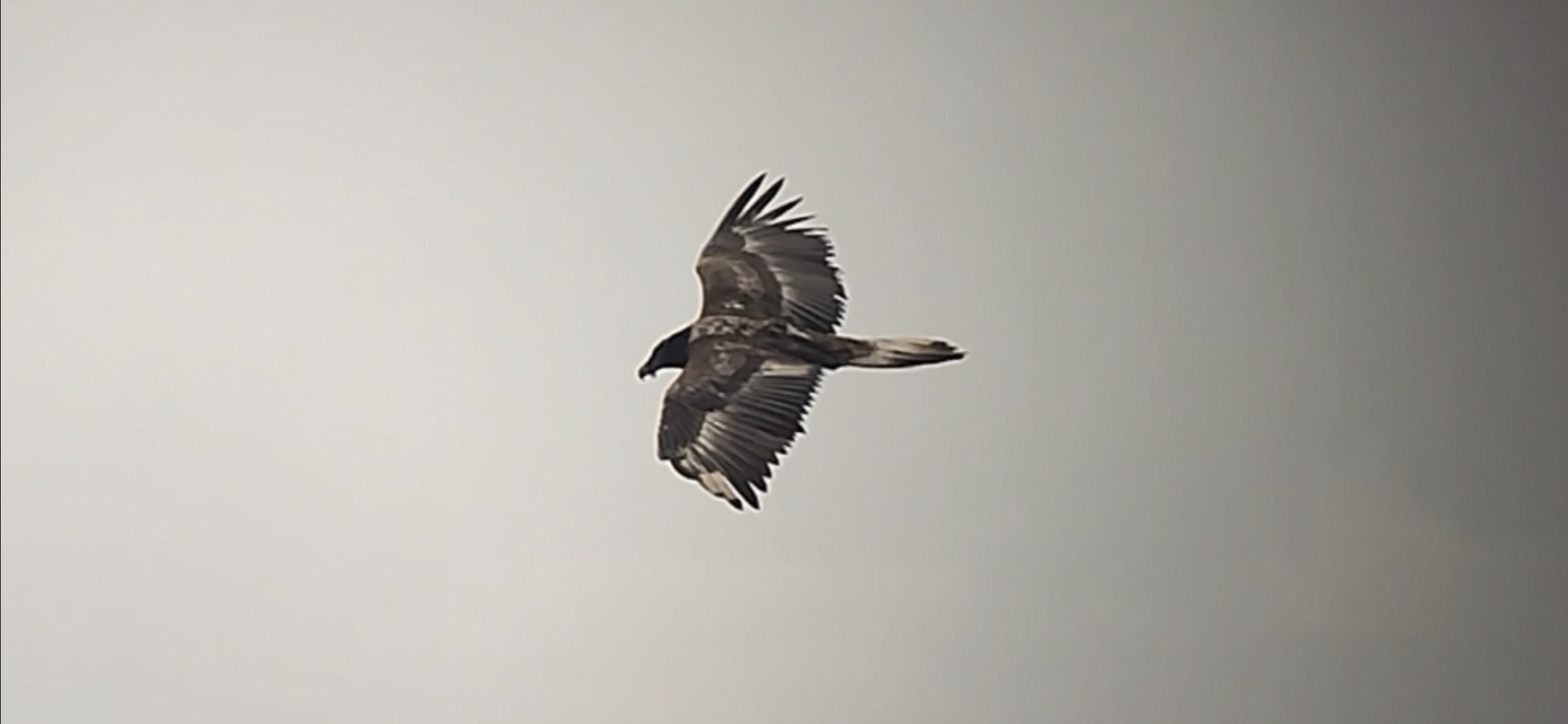
Two Griffon Vultures (Gyps fulvus) raised in captivity in Holland were recently released in Sardinia, within the LIFE Safe for Vultures project, as an effort to expand the breeding population in the north-western area of the island.
Releasing the vultures into the wild
Hatched at ARTIS, Amsterdam’s Royal Zoo, the two Griffon Vultures, both females, were transferred to Sardinia in March 2022, at the age of one year and a half. In Sardinia, Forestas (Regional Agency for Forests) received the young vultures at the Bonassai Wildlife Breeding and Recovery Centre. There, they conducted preventive health checks to rule out transmissible diseases such as Avian influenza, Newcastle and West Nile Disease and to verify their suitability for subsequent release. After the usual quarantine and checks by Forestas’ veterinary staff, the young birds were transferred to the acclimatization facilities at Monte Minerva (Villanova Monteleone) for acclimatization, where they spent some months adapting to the Mediterranean climate. The female vultures were released in December 2022 and joined the flock of Griffon Vultures that realized the buzz and were ‘curiously’ circling over the Bonassai facilities.

Restocking the population of griffon vultures in Sardinia
Until the beginning of the 20th century, three species of vultures could be seen gliding through Sardinian skies – the Bearded, Cinereous and Griffon Vulture. Unfortunately, several threats led to the extinction of the first two species. The Griffon Vulture was the only one able to thrive in the island, although its population dramatically declined. The Sardinian population has a very important genetic value as it is the only natural colony remaining in Italy.
After various restocking efforts and conservation actions, with LIFE Under Griffon Wings that preceded the current LIFE Safe for Vultures project, the Griffon Vulture population has increased from 23 pairs and 70-100 birds in the 2000s to 57 pairs and 250 birds in 2020. The numbers now account for 316-338 individuals.
The importance of feeding stations
As Griffon Vultures reach their reproductive maturity between their 5th and 6th year, ensuring a high survival rate in their first years is pivotal. Only then, they will form territorial pairs capable of reinforcing and expanding the Sardinian range occupied by this species. To increase the success of the restocking efforts and allow demographic recovery, feeding stations play a fundamental role. Forestas is responsible for the maintenance of two feeding stations in Sardinia (Monte Minerva and Porto Conte).
Since 2016, over 80 Griffon Vultures coming from Spanish recovery centres, various Zoos and the natural colony of North West Sardinia, received sanitary care and were fed by Forestas’ technical staff, in their three main facilities. Most of the vultures released have perfectly integrated into the natural population and represent a significant percentage of the juvenile component of this small population.
Thanks to the conservation efforts and the commitment of all partners, the locally-threatened Griffon Vulture population is making a recovery, and it is once again being observed in areas from which it had been absent for decades.
Watch the short film (in Italian and some parts in English) about the two captive-bred vultures that are now flying freely in Sardinia
LIFE Safe for Vultures

LIFE Safe for Vultures is a new project co-financed by the EU’s LIFE Programme, acting as the first step to the restoration of the vulture guild in Sardinia. The University of Sassari leads the project in collaboration with Agenzia Regionale Forestas, Sardegna Corpo Forestale, E-Distribuzione and the Vulture Conservation Foundation. LIFE Safe for Vultures builds on the work of the successful LIFE Under Griffon Wings, with the ultimate objective for Griffon Vultures to regain their historic ranges and distribution areas from the central-eastern part of Sardinia to the south and at the same time promote the long-term survival of the species on the island. The project team is working to expand the network of farm feeding stations, create several anti-poison dog units to tackle wildlife poisoning, establish an additional feeding station in the south of the island, restock the population by importing 40 additional Griffon Vultures and reduce the threat of collision and electrocution with energy infrastructures.




